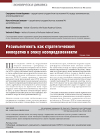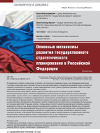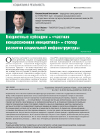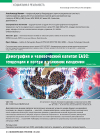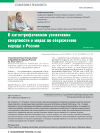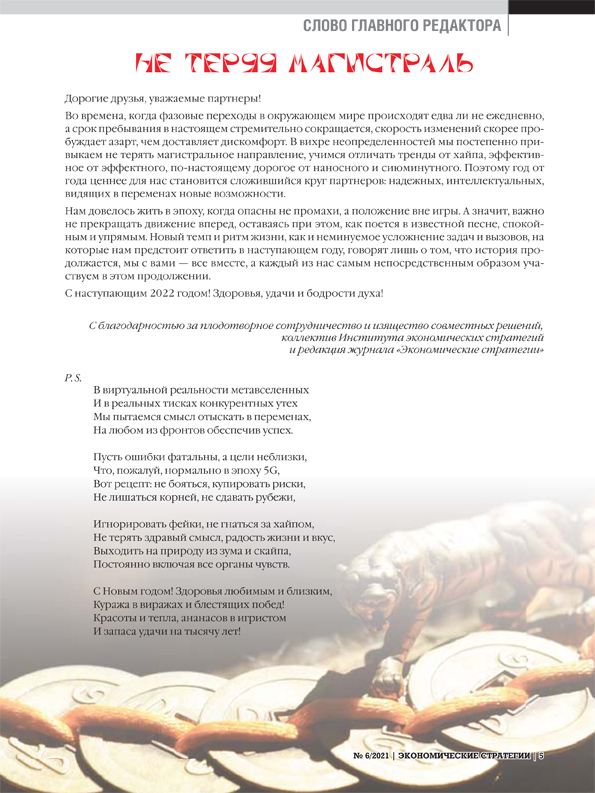Resilience as a Strategic Imperative in the Age of Uncertainty
DOI: https://doi.org/10.33917/es-6.180.2021.58-62
The article examines resilience as a new approach to supporting economic growth under the global uncertainty and sudden shocks. We describe resilience as a method for dynamic stabilization of complex systems, as a new imperative for growth policy, and as a new standard of risk management.
Источники:
1. Smorodinskaya N.V., Katukov D.D. Raspredelennoe proizvodstvo v usloviyakh shoka pandemii: uyazvimost’, rezil’entnost’ i novyi etap globalizatsii [Distributed Production Under the Pandemic Shock: Vulnerability, Resilience and the New Stage of Globalization]. Voprosy ekonomiki, 2021. №12 (V pechati.)
2. Walker J., Cooper M. Genealogies of resilience. Security Dialogue, 2011, Vol. 42, no 2, pp. 143–160.
3. OECD, SIDA. Resilience systems analysis: Learning and recommendations report. Paris: OECD Publishing, 2017.
4. Smorodinskaya N.V. Uslozhnenie organizatsii ekonomicheskikh sistem v usloviyakh nelineinogo razvitiya [Growing Organizational Complexity of Economic Systems Under Non-Linear Development]. Vestnik Instituta ekonomiki RAN, 2017, no 5, pp. 104–115.
5. OECD. A systemic resilience approach to dealing with COVID-19 and future shocks. OECD Policy Responses to Coronavirus (COVID-19). 2020.
6. Sreedevi R., Saranga H. Uncertainty and supply chain risk: The moderating role of supply chain flexibility in risk mitigation. International Journal of Production Economics, 2017, Vol. 193, pp. 332–342.
7. Linkov I., Trump B. D. The science and practice of resilience. Cham, Springer, 2019.
8. Ivanov D., Dolgui A., Sokolov B. Ripple effect in the supply chain: Definitions, frameworks and future research perspectives. Handbook of ripple effects in the supply chain. Cham, Springer, 2019, pp. 1–33.
9. PIIE. Rebuilding the global economy. PIIE briefing 21-1. Peterson Institute for International Economics, 2021, Washington, DC.
10. Smorodinskaya N. V., Katukov D.D. Rezil’entnost’ ekonomicheskikh sistem v epokhu globalizatsii i vnezapnykh shokov [Resilience of Economic Systems in the Age of Globalization and Sudden Shocks]. Vestnik Instituta ekonomiki RAN, 2021, no 5, pp. 93–115
11. Smorodinskaya N. V., Malygin V. E., Katukov D.D. Rol’ endogennykh mekhanizmov i faktora slozhnosti v dostizhenii sbalansirovannogo ekonomicheskogo rosta [The Role of Endogenous Mechanisms and the Factor of Complexity in Achieving Sustainable Economic Growth]. Vestnik Instituta ekonomiki RAN, 2020, no 1, pp. 113–129.
12. Root H.L. Network origins of the global economy: East vs. West in a complex systems perspective. Cambridge, Cambridge University Press, 2020.



